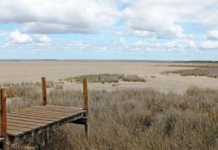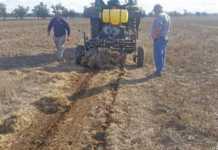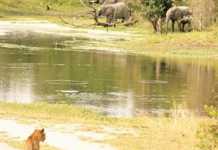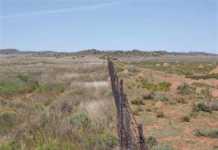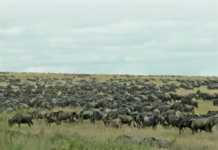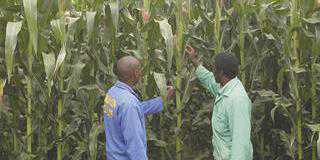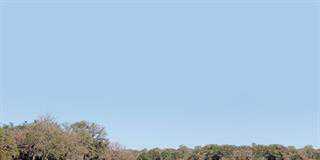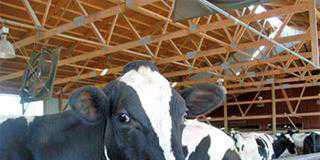I reckon the area planted to this grass exceeds 80% of the total of all dryland cultivated pastures in this region. Yet very few farmers are happy with it. For most it’s become a ‘necessary evil’. It’s costly, all too often of low quality and not much more than a rumen filler to keep livestock alive through the harsh winter.
It’s my guess that less than 10% of all the Eragrostis in the Highveld is correctly fertilised. It’s just too risky to do so because, in most cases, it’s been planted on lands that have a low water uptake and holding capacity – in other words, lands that are unsuitable for cash crop production. To sum up, Eragrostis is, for the most part, economic folly and could be renamed ‘poor man’s hay’. Prosperity hay is the way to go. It’s made from ‘prosperity’ lucerne (Sericea lespedeza) which until recently was erroneously called ‘poor man’s lucerne’.
Low inputs
This strongly perennial legume thrives on low-potential soil and requires little fertiliser, which radically reduces the risk factor. It’s inherently higher in protein than Eragrostis, and protein is what is needed for animals to produce in winter. Also, quality hay can be made from Sericea in one day. The time from cutting to baling can be as little as four hours on a hot, dry summer day.
Still, quality Sericea hay isn’t going to fall from heaven. I have an agricultural economist friend who’s a part-time farmer. He fed Sericea hay to his beef weaners last winter. Imagine how shocked he was to discover that they had lost weight. What went wrong with the prosperity hay?
From a few telephone conversations, I’ve concluded the weaners were unable to ingest sufficient hay to meet their needs.
Apparently the Sericea was cut when it was fully mature and stalky. The tightly packed bales were then dumped in the kraal. Sheep with their sharp teeth would have done a better job of prising the hay from the bale.
Timing
Most farmers make hay at an advanced stage of growth. It is thus stalky hay. The stalks are thick, but brittle. This type of hay needs to be coarsely milled (it mills easily) or put into a feed wagon and mixed with molasses meal and/or maize. My mind now takes me back to Cedarville, KwaZulu-Natal, to the farm Con Amore, which is farmed by the Miles family.
Benny Miles was the first farmer to plant Sericea on a large scale in South Africa. For the first three years after planting, my relationship with Benny was somewhat strained because the pasture was slow in coming. Since then the pasture and the friendship have both bloomed.
Mixing
Benny decided to let the Sericea grow out fully and produce seed, which he harvested. I visited the farm when he was harvesting the seed. To my utter amazement he was baling the residue, comprised mainly of stalks. “What on earth is he going to do with that material?” I asked myself. Benny put it in a feed wagon, mixed in a bit of molasses meal and maize, and fed it to the bulls he was preparing for the Kokstad bull sale.
The bulls thrived. Benny’s wife Pam told me that when she ran out of feed for her egg layers, she fed them a few bags of Benny’s bull ration. “The whole house was full of eggs,” she said. I had to conclude that there’s good feed value in Sericea stalks. The majority of farmers on the Highveld make the mistake of making hay from mature forage.
It seems they have no idea of how much animal production could be improved by cutting and baling when the plants are still young and succulent.Feeding molasses meal and maize meal with the hay would become superfluous.
John Fair is a leading expert on pastures and founder and head of the SA Biofarm Institute in Harrismith. Contact John on 058 622 3585 or at [email protected]. Please state ‘Biological farming’ in the subject line of your email.

